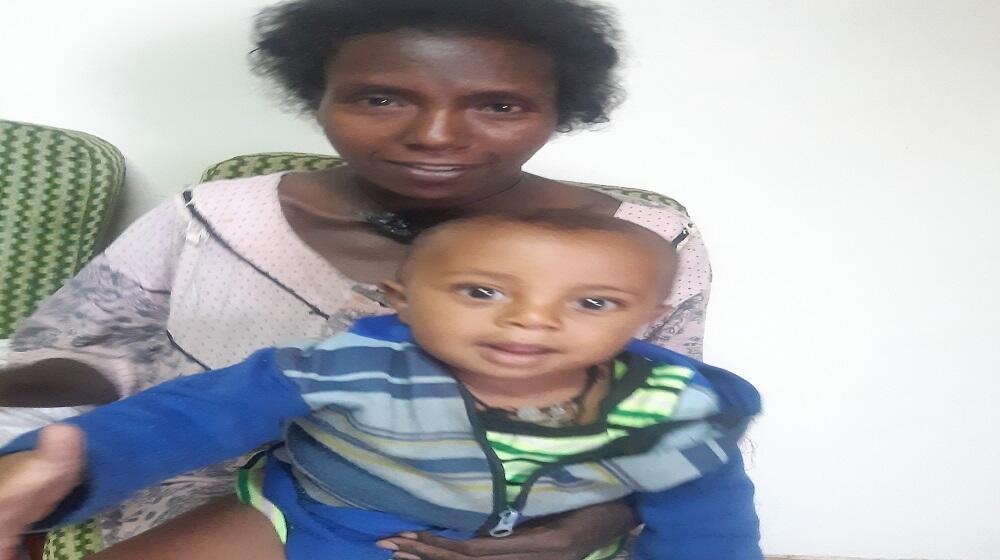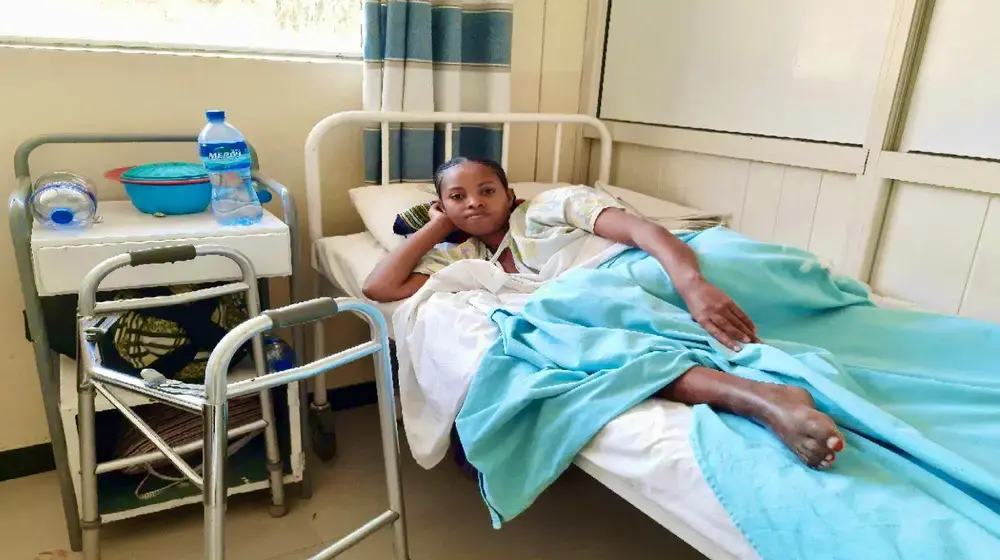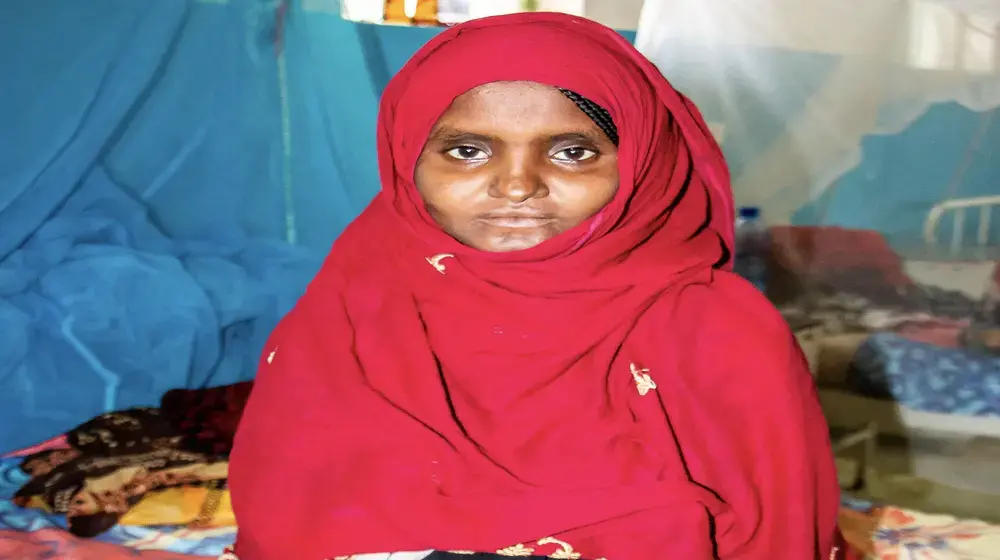NORTH GONDAR ZONE, ETHIOPIA: Ketema Belete was married off by her family to a relatively well-to-do person at the early age of 14. She had her first child before she was even 18. She delivered five of her children at home without any Antenatal Care (ANC) follow-up during her pregnancies.
She gave birth to her sixth child at the Liware Health Center in North Gondar. She started following up ANC at this health center for her last pregnancy when she was 7 months pregnant. During her second ANC visit when she was 8 months into her pregnancy, she was advised to stay at the maternity waiting home at the health center to give birth there. Her due date came and she started labor. Her contractions became more and more violent and painful, but she couldn’t deliver. Sadly, after 3 days of labor, Ketema was referred to the Debark Hospital in the North Gondar Zone. She gave birth to a healthy boy 13 months ago through a normal delivery and was discharged to go home after ten days.
Three weeks later, Ketema realized that she couldn’t retain her urine. She was ashamed of her condition because she was constantly wet and gave off the smell of urine.
“Throughout my stay at home, I avoided any community gatherings for almost one year as I was ashamed of my bad smell,” recounts Ketema.
Promising decline in the incidence of new cases
Obstetric fistula is one of the most devastating maternal morbidities as it is not only limited to physical illness, but also has psychosocial and economic consequences. Most victims are the young, married at an early age and living in poverty or in rural Ethiopia.
The 2016 Demographic and Health Survey shows that less than one percent of women experienced obstetric fistula in Ethiopia. A decreasing trend has been observed in Ethiopia in the incidence of new cases of obstetric fistula due to improvement of maternal health service, increased availability and accessibility of emergency obstetric care and successful efforts to end fistula in the country especially in the last two decades. But there is still a significant number of untreated cases of obstetric fistula in the country mainly because of weak identification and referral system. Lack of regular national surveillance and reluctance to disclose their condition by many rural women for fear of stigma and discrimination has made it difficult to ascertain the incidence and prevalence of obstetric fistula in Ethiopia.
But the National Strategic Plan of Ethiopia for the Elimination of Obstetric Fistula (2021-2025) estimates that more than 140 thousand fistula patients exist in Ethiopia. Interestingly, despite the decline in the number of new fistula cases arising from obstructed labor, there has been a rise in the incidence of fistula following cesarean section underscoring the need to increase access to comprehensive quality emergency obstetric services and timely referral.
Campaign to eliminate obstetric fistula in Ethiopia
Women and girls like Ketema living in rural Ethiopia who suffered obstetric fistula are usually among the hardest to reach, with limited access to information and health services, including maternal and reproductive health care. The Demographic and Health Survey of Ethiopia (2016) shows that only 4 in 10 women aged 15 to 49 years have heard of fistula – and less than one per cent of women report that they have experienced obstetric fistula.
It was Ketema’s younger brother who is working as a nurse at one of the health facilities in North Gondar Zone who suspected that she had suffered obstetric fistula. He advised her family to take her to the Fistula Center at Gondar University Hospital. Luckily, her husband and family were very supportive. But since Ketema is living more than 300 KM away and it was in the middle of the rainy season, they couldn’t get transportation to take her to the center. By the time they were ready to go to the fistula treatment center in October 2021, the conflict in northern Ethiopia had broken out blocking any access to specialized healthcare services in the area.
Ethiopia rolled out a strategic plan in 2015 to eliminate obstetric fistula by 2025. The first phase of the strategic plan aimed at but couldn’t realize a target of reducing the number of women with obstetric fistula to less than 1,600 in 2020. The elimination of obstetric fistula is thus one of the priorities of the Health Sector Transformation Plan of Ethiopia which is currently being implemented.
As part of the Global Campaign to End Obstetric Fistula, UNFPA is assisting with identification of fistula patients and repairs at fistula centers it is supporting at university-affiliated hospitals in Assela, Gondar and Jimma since 2010. This support includes training of mid-level health professionals and Health Extension Workers on prevention and diagnosis of fistula cases. Transportation costs of fistula survivors are covered to enhance access and expansion of fistula repair efforts. UNFPA has also provided equipment in support of fistula prevention and repair efforts at the three fistula treatment centers. To date UNFPA has supported the treatment of more than 5,300 women and girls at the three fistula centers.
Ketema got successfully repaired and healed at the Gondar University fistula treatment center in April 2022. She is now waiting to get training on rehabilitation and reintegration.





